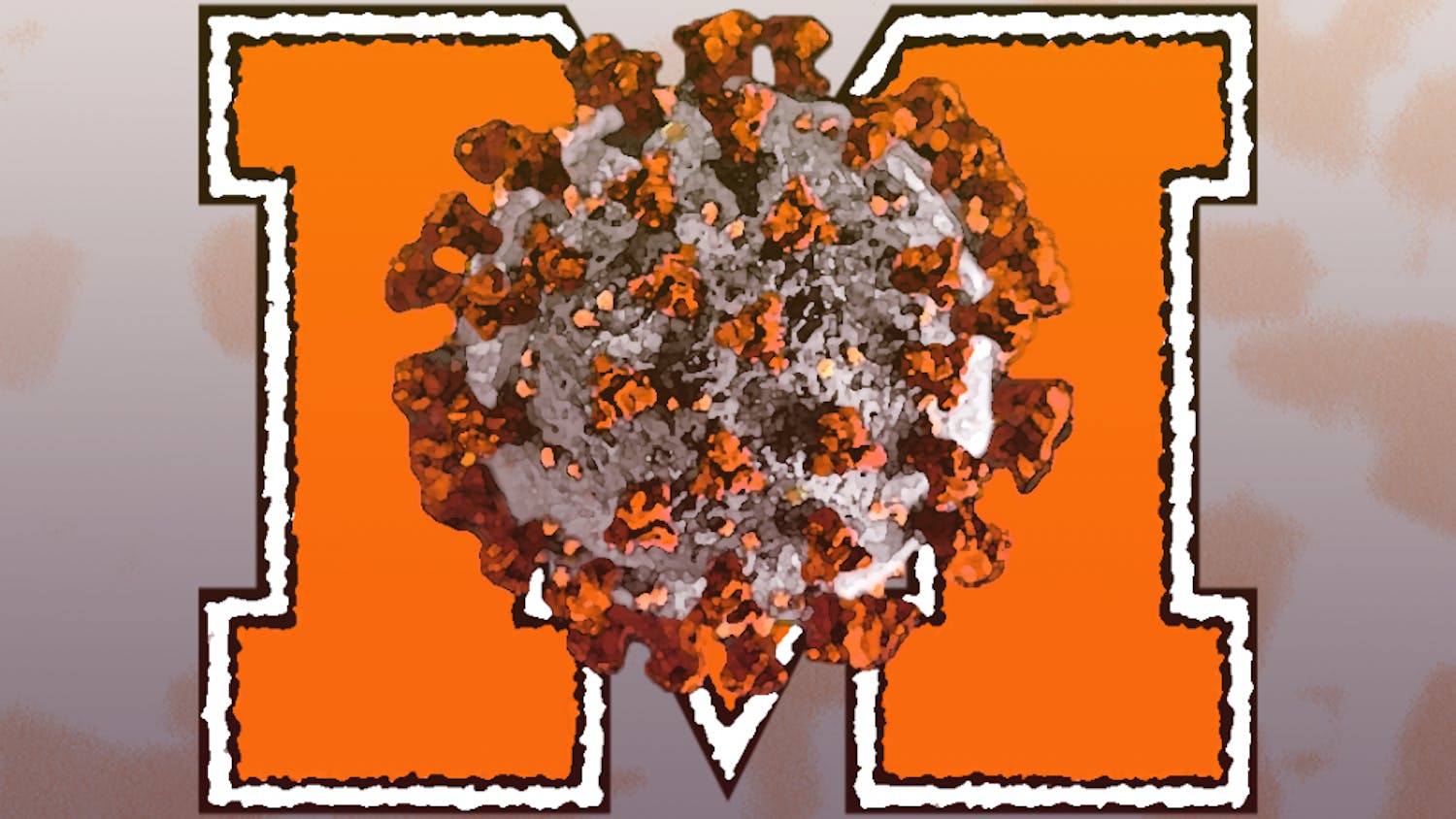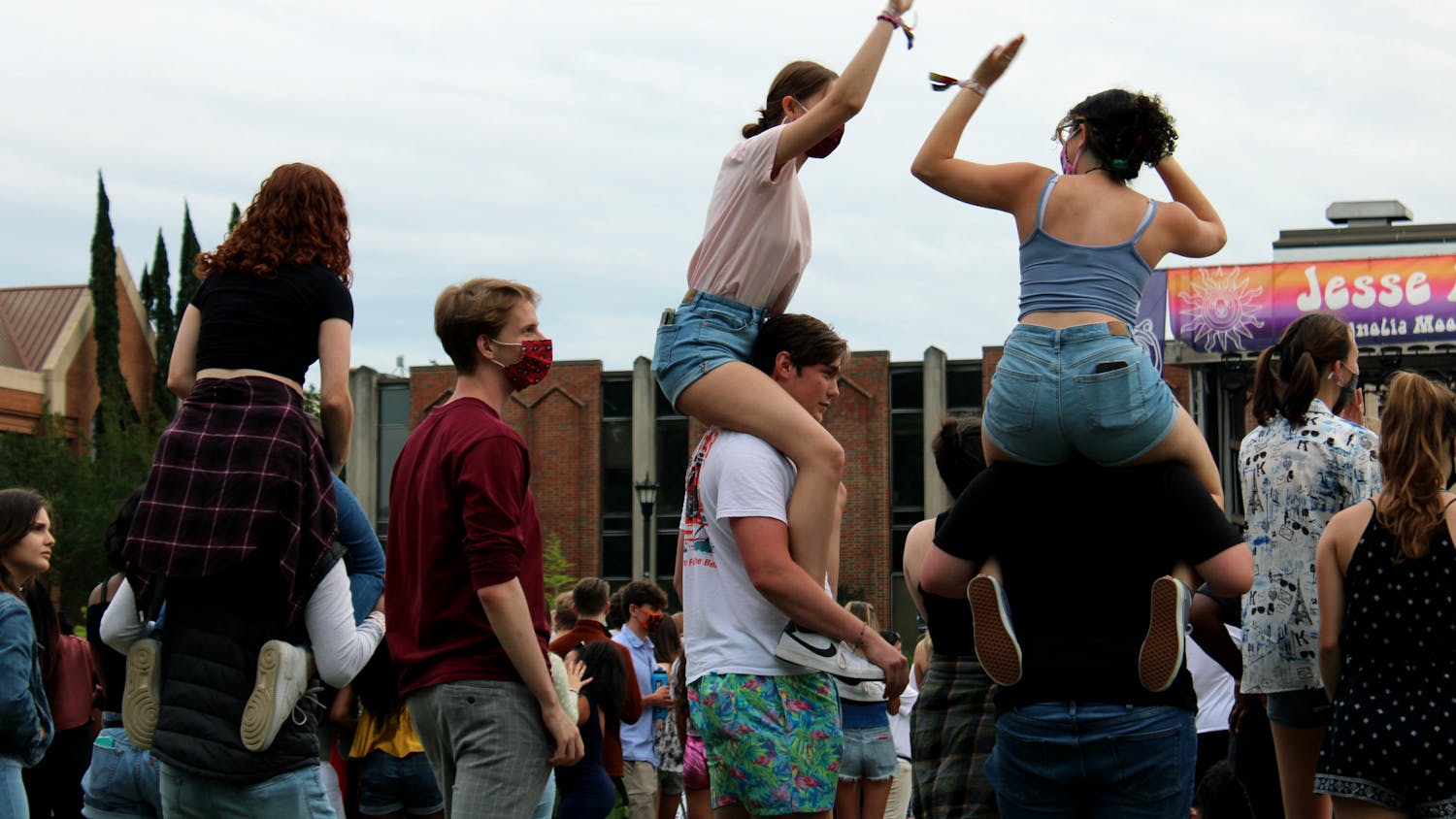For the past two years Mercer’s history department has traveled to St. Croix in the U.S. Virgin Islands, where the students participate in an archeological dig site.
The trip occurred during Spring Break and the preparations had taken place throughout the semester. The students dug where previous Mercer students had dug and found artifacts.
According to Dr. Eric Klingelhofer, “Our goals were to determine the extent of the artifact spread, to locate any structural remains and to assign a date to the site.”
The site intrigued them because of what happened before the Danish settled the region in 1734.
“We are investigating the early period of colonization there—the 1600s when first the English and then the French settled the island, only to abandon it. Besides one surviving earthwork fort, no remains from the 1600s had ever been found, yet we know from maps that the English and French had many plantations there,” Klingelhofer said.
Klingelhofer’s History 491 class participated in the trip. The students were Anthony Baldwin, Edmund Balzer, Kimberly Campbell, Jennifer Fingles and Jennifer Smith. The site was located on the old Windsor Estate off the Salt River Bay area. The students worked on the site from March 7-11. On March 6, they explored the area of Christiansted, where they were staying.
“It was a rewarding experience being able to actually see and do what our class has been reading about and discussing the whole semester. Even though archeology isn’t my field, having this experience in a place I’ve never been to really opened my eyes to see past the Hollywood characterizations of Indiana Jones and get at the heart of historical archeology: understanding who these people are and how they lived through the artifacts found and sources and documents left behind,” Fingles said.
The most interesting artifacts were found by the roots of trees and they did not have to dig for them.
“We did some shovel testing and found one really interesting pottery piece dating from before Columbus landed. In addition to the work we did on site, we visited historical locations and forts to learn more about the culture of the island as a whole,” Fingles said.
During the time the students were digging they performed several different tests including a pedestrian survey, a test where they looked for above-ground artifacts that were hampered by overgrown underbrush and thorny acacia trees.
A few other tests were the magnetometer run, where students looked for magnetic changes in the ground where buried items could be found; a thermometer/soil temperature testing, in which they dug holes where the soil’s temperature finally changed; and the trench test, which involved digging holes in the ground and sifting through the dirt to find any artifacts, which lead them to the shovel testing. The team found handmade nails, large amounts of broken roofing tiles and broken pieces of kitchenware. They also found a pipe stem, yellow Dutch brick, two pieces of early wine bottles, pieces of European pottery, Afro-Cruzan ware—that is, pottery likely produced by slaves for their own use—and some prehistoric, native pottery.
These artifacts showed two distinct times. The first was that of island natives, who abandoned or were forced from the site before the English arrived. The second was in the late 1600s, which is the time that would have featured the wooden domestic structure.
What the class found will be presented to the St. Croix authorities, and submitted to Bear Day. They may have found the first site on St. Croix that dates back to the 1600s.
For Jennifer Smith, “This trip was a chance for me to get out of the continental U.S. and see a bit more of the world, not to mention a chance to discover historically important artifacts that have been lying in wait for an attentive eye. Handling the first piece of broken dishware we found was probably the most exciting part: here was a find that was not only historically important, but looked the part as well.”
For Kim Campbell, the trip was tough but worth it: “We spent the first two days battling our way through thickets with thorns that can puncture car tires in an attempt to conduct a basic Pedestrian Survey so we knew where to start digging. I can’t say that it was all work, though; while we did work hard, we also had a great time visiting historic sites and looking at various kinds of cannons!”
Class uncovers history in St. Croix

Students Jennifer Fingles, Kimberly Campbell and Dr. Eric Klingelhofer discuss the results of a magnetometer run. Klingelhofer’s History 491 traveled to St. Croix over Spring Break.




